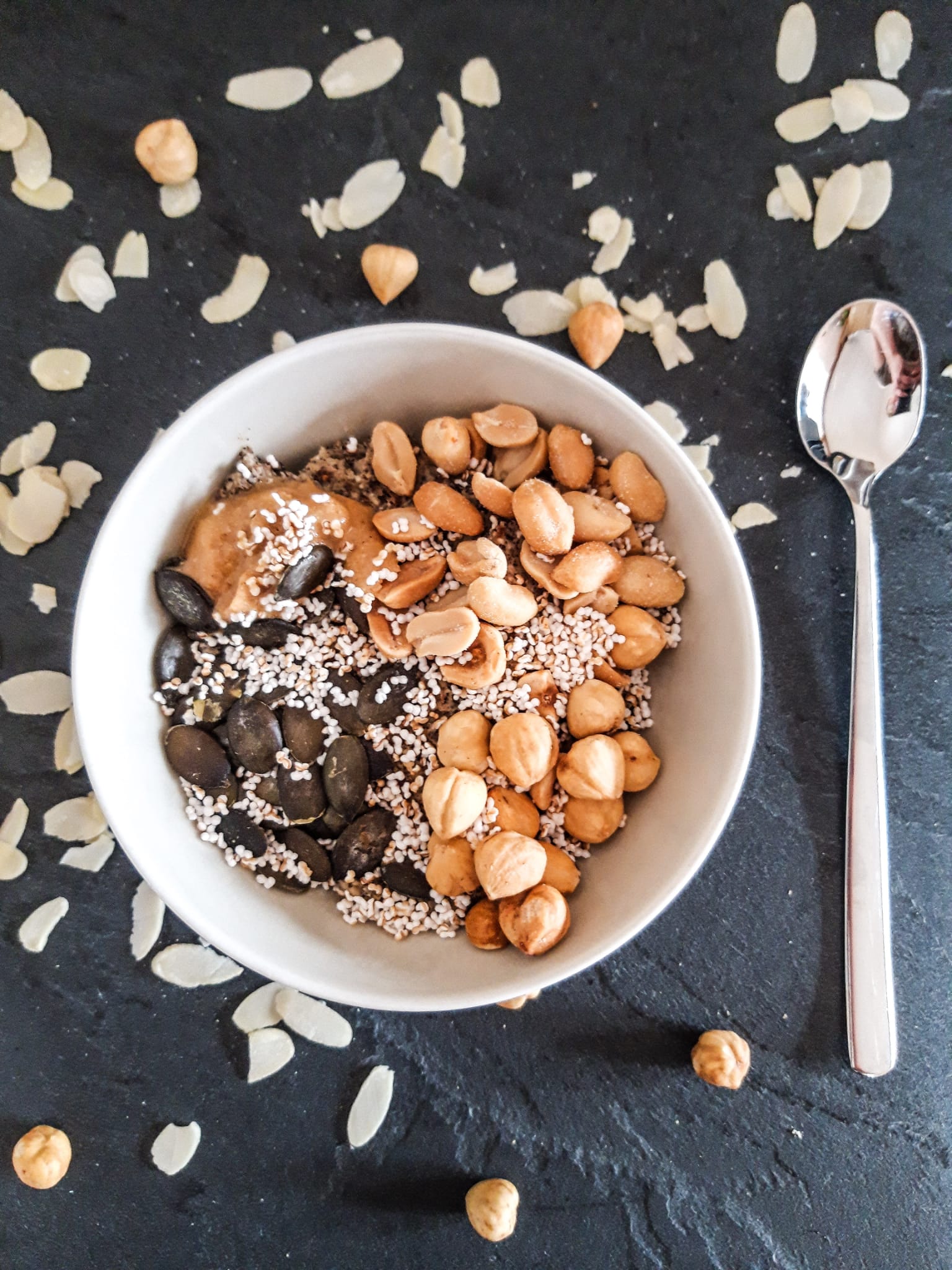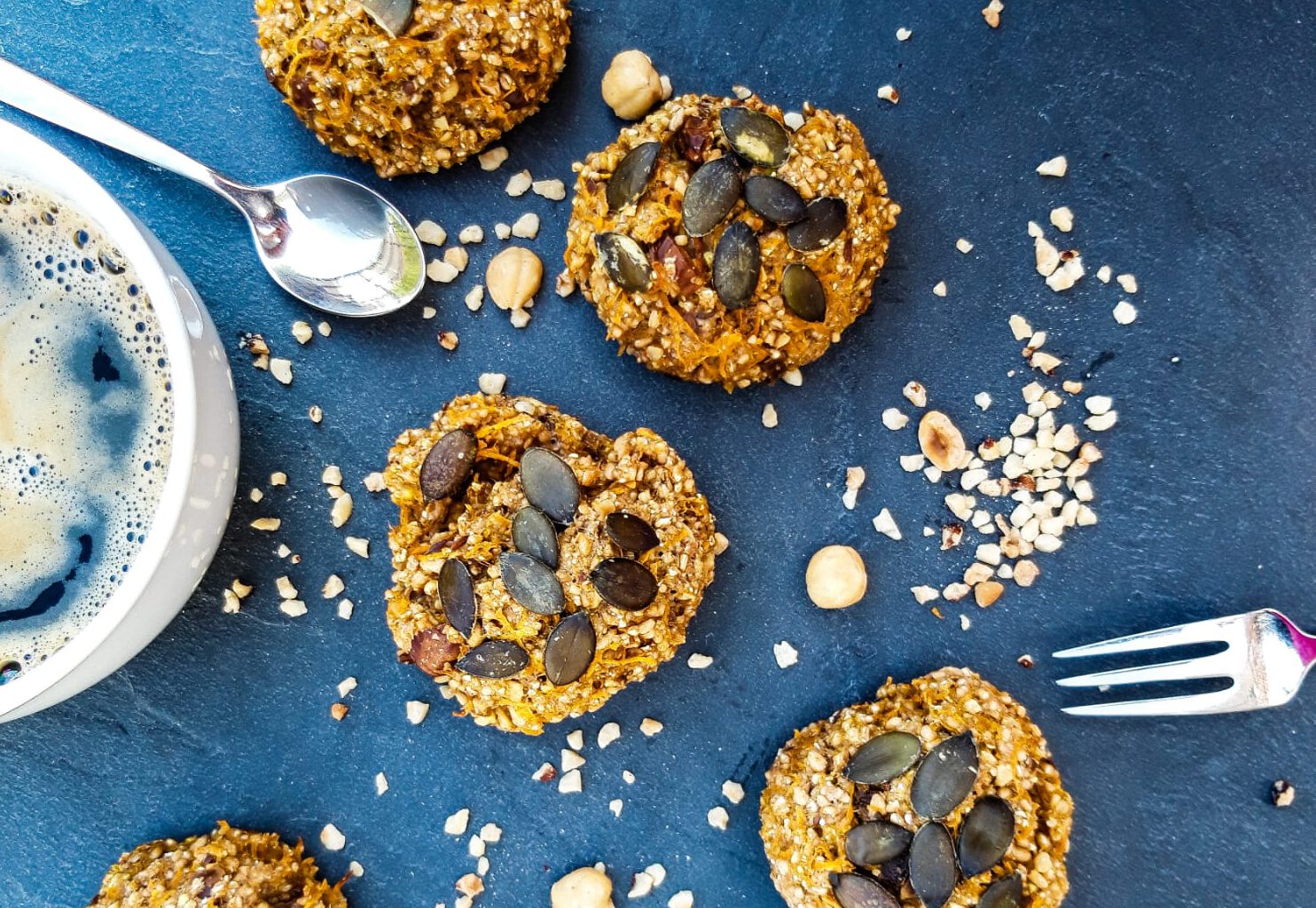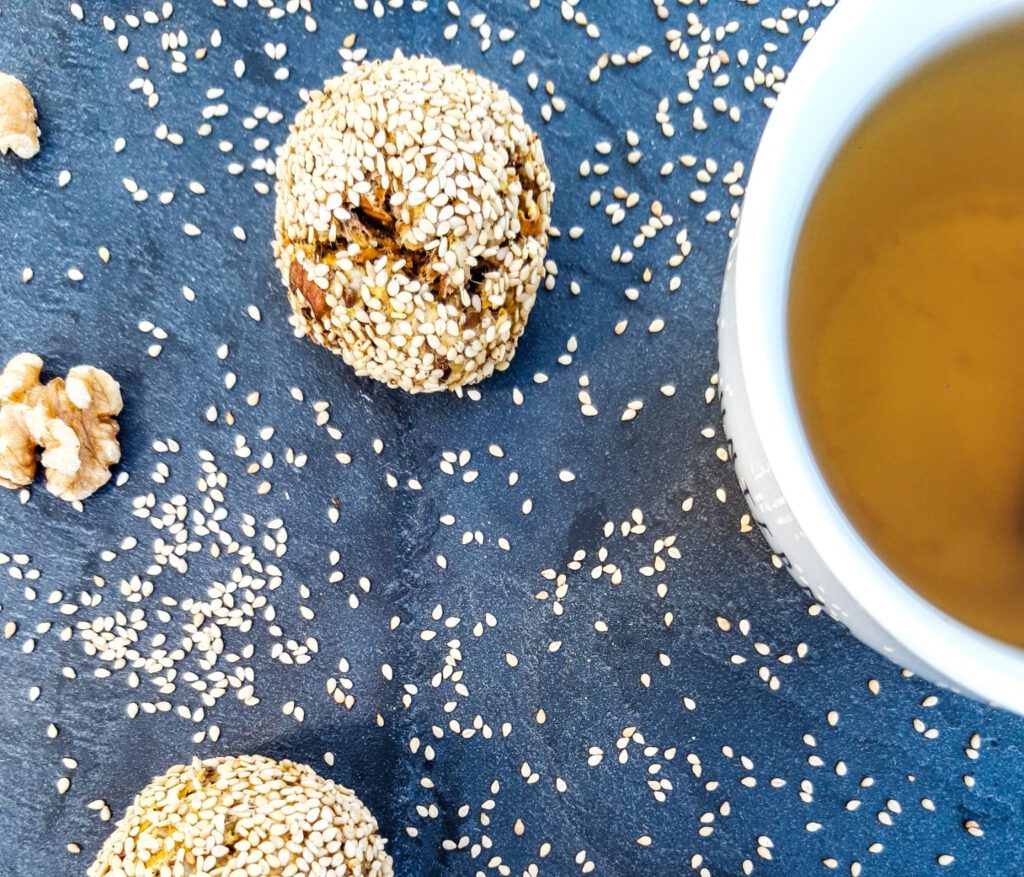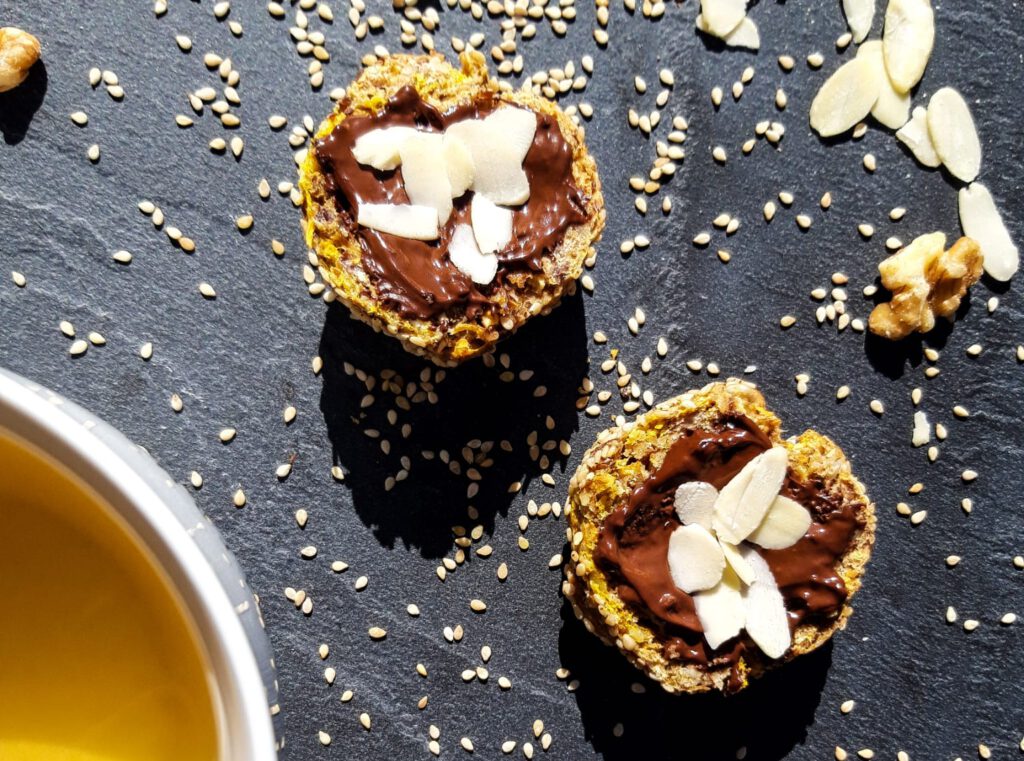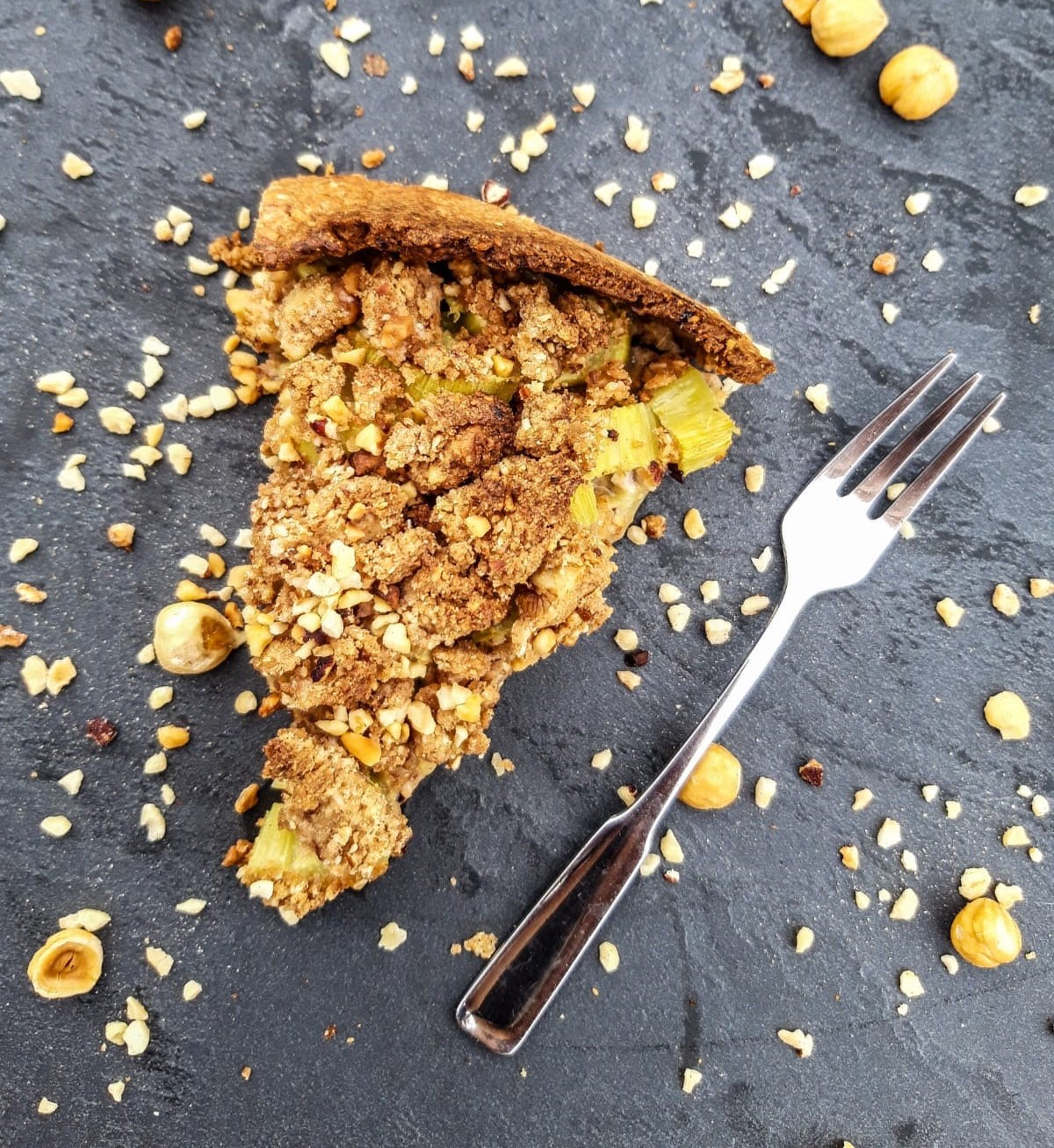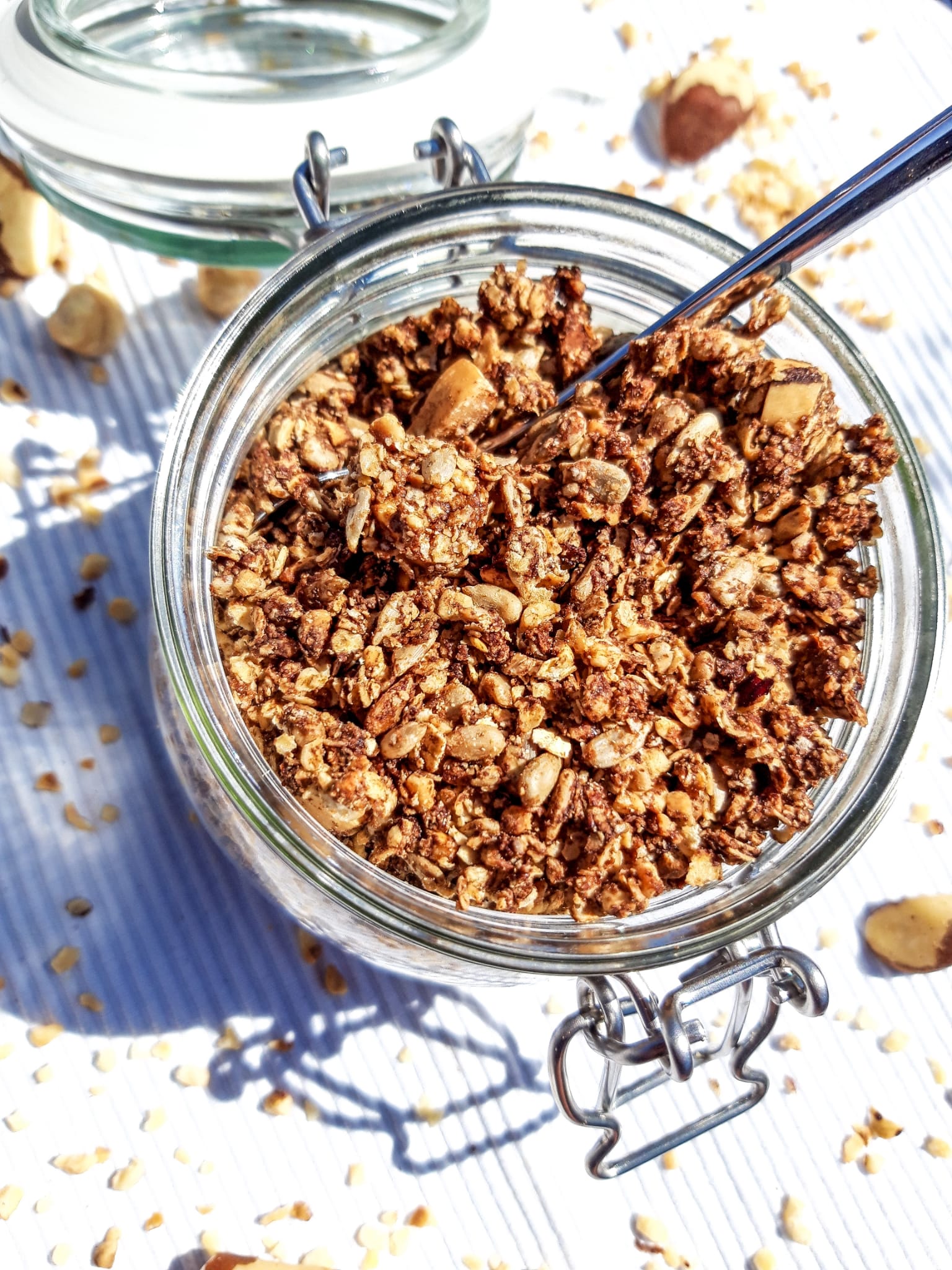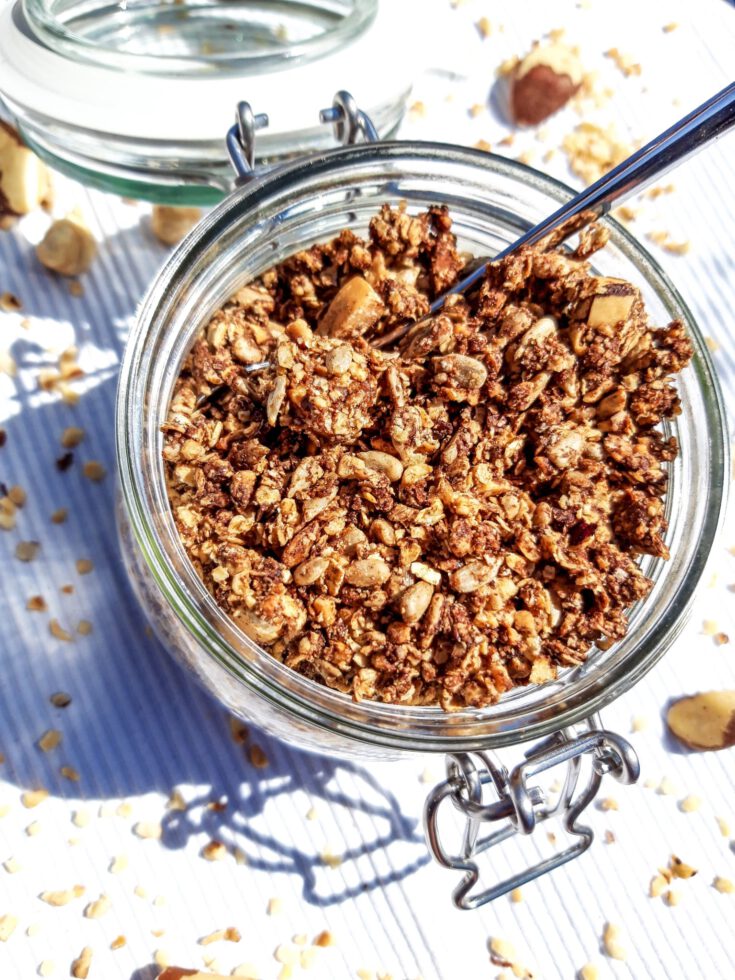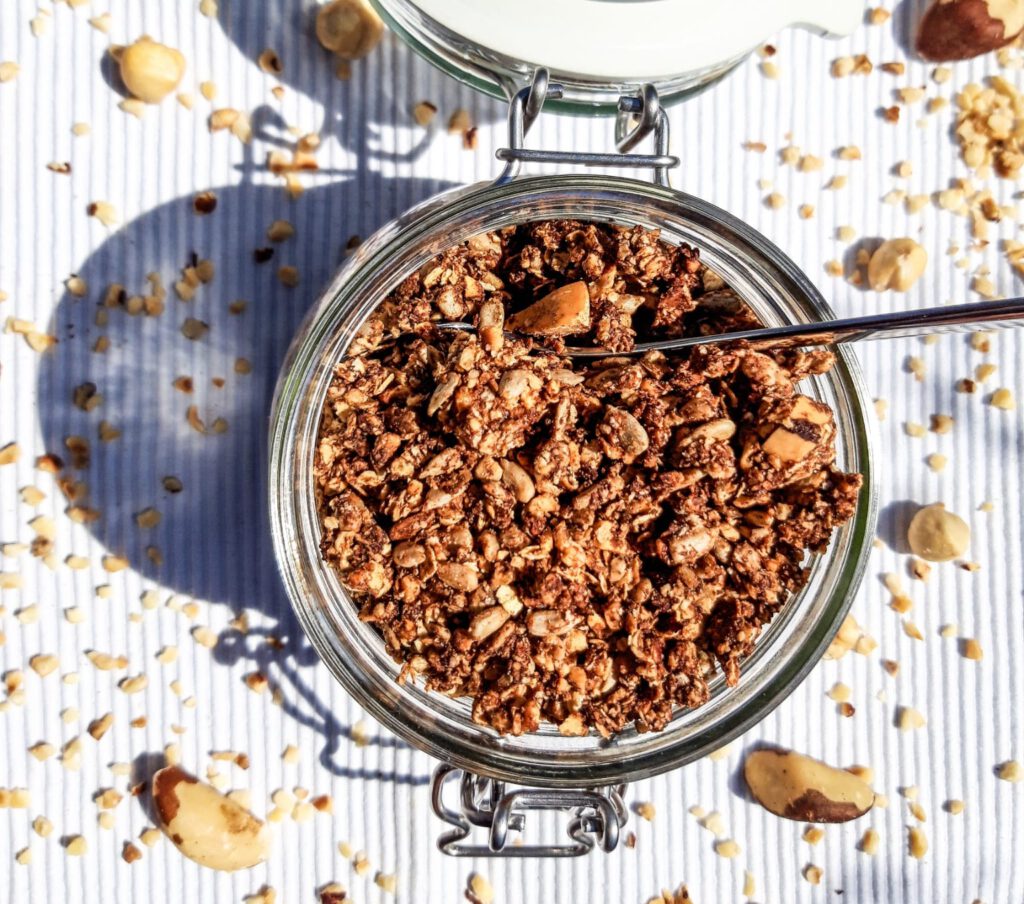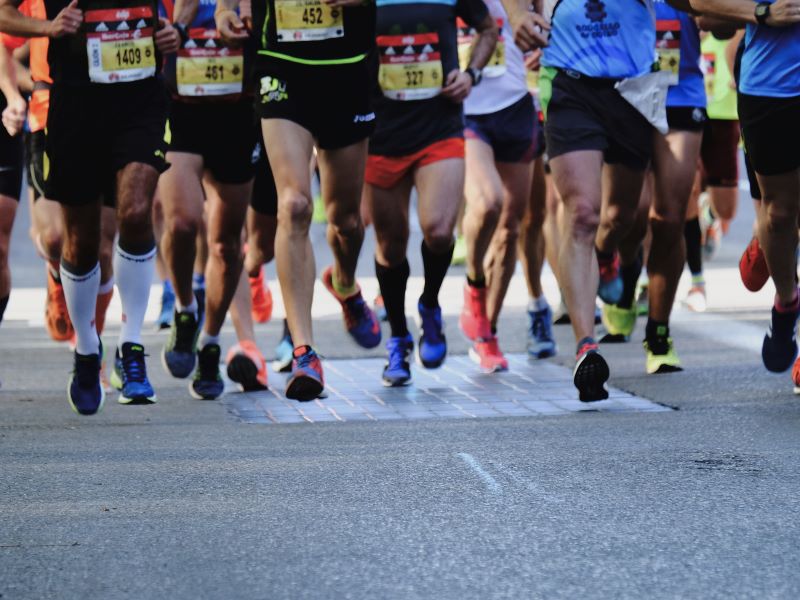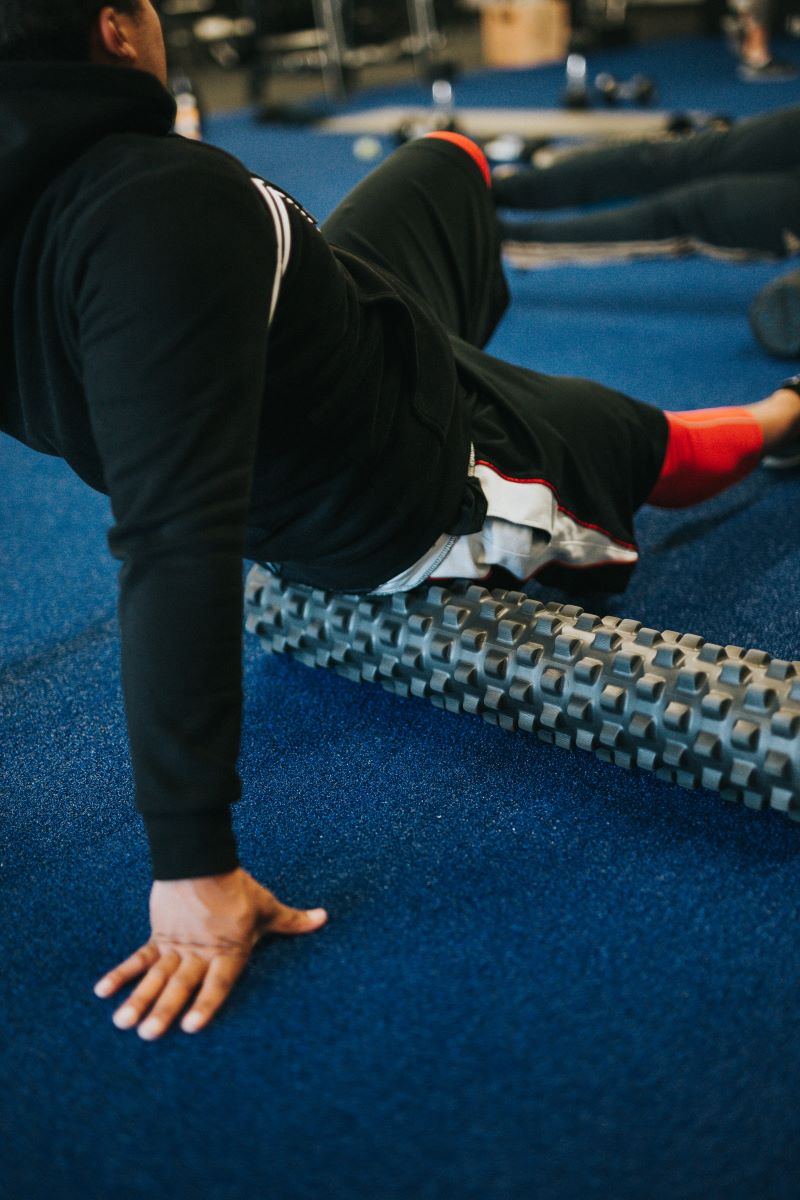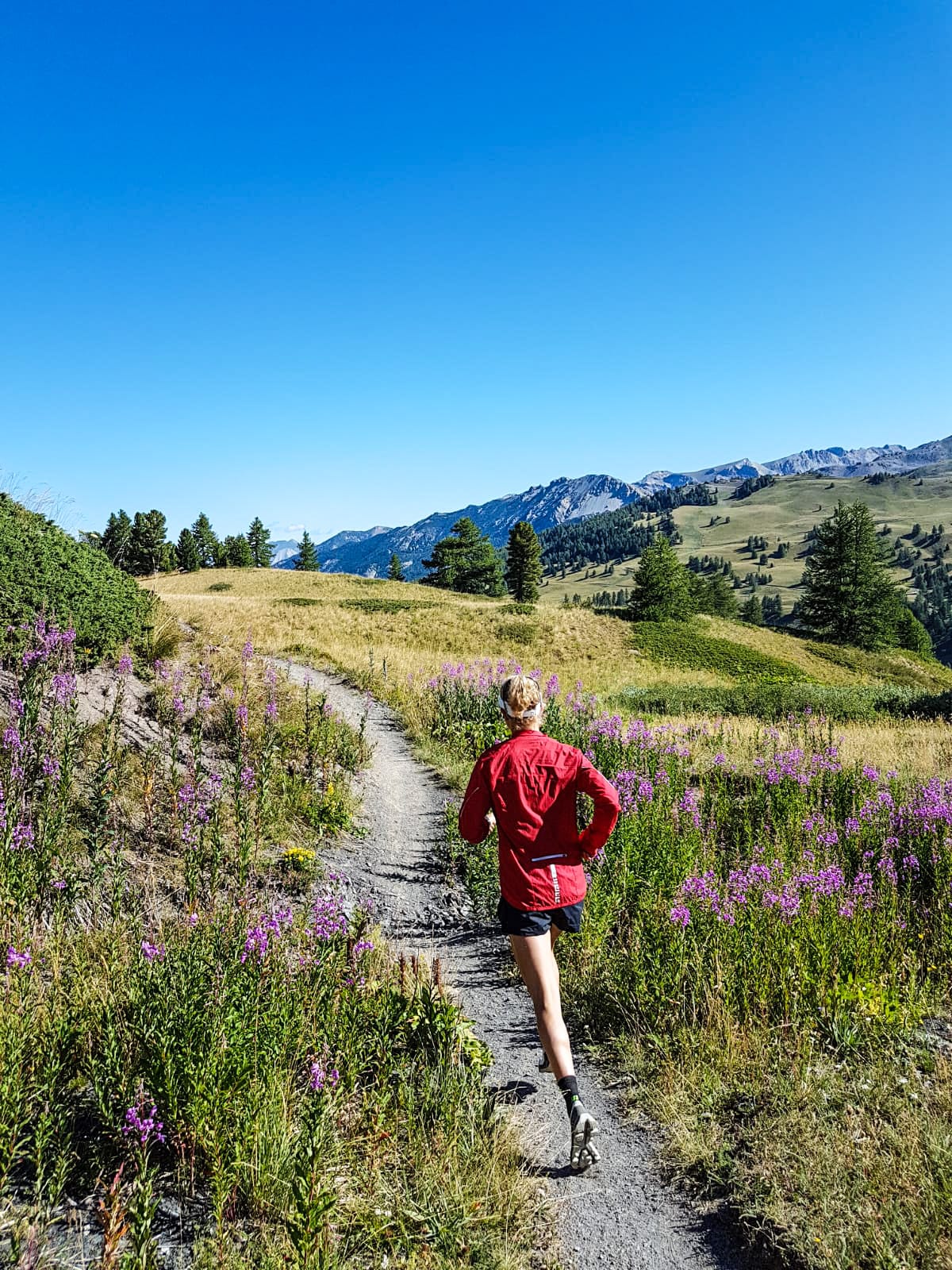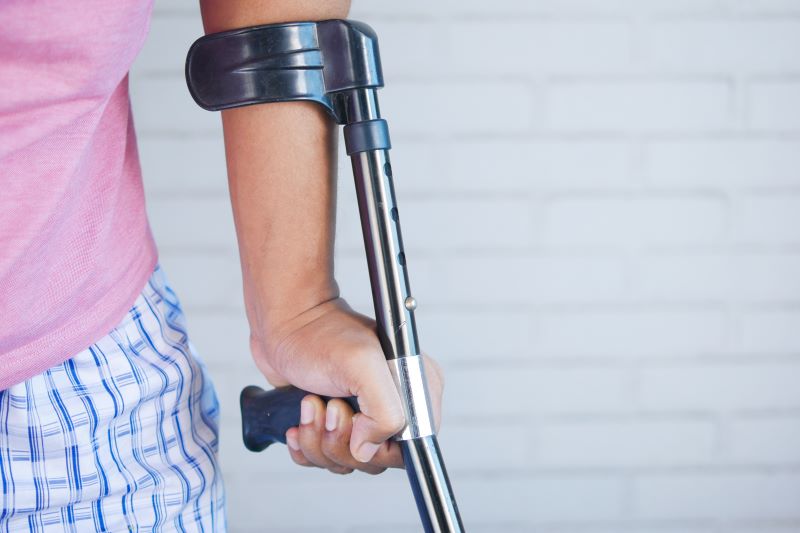Das perfekte Ende von Yvonne Van Vlerkens Triathlonkarriere wäre im September 2020 gewesen. Nach zwanzig Jahren erfolgreicher Karriere, gefüllt mit nationalen Meisterschaftstiteln, 17 Ironmans in unter neun Stunden und zwei Weltrekorden, verkündete sie in 2019 – ein Jahr früher – den Profi-Triathlonsport hinter sich zu lassen. Der Grund: ein fehlender Zyklus.
“Ich war nie verletzt und war nie beim Arzt“, sagt Van Vlerken. „Aber ich hatte nie einen Zyklus.“
Die Folgen zeigten sich allerdings erst in 2017. „Es gab keine Nacht, in der ich nicht Hitzewallungen hatte, weil die hormonellen Probleme so schlimm geworden sind. Ich war 39 und hatte Wechseljahrsbeschwerden.“
Sekundäre Amenorrhoe, der medizinische Begriff für das dauernde Ausbleiben des Zyklus, kommt bei Sportlerinnen häufiger vor als oft erwartet. Je nach Studie sind zwischen 5 und 25 Prozent von Sportlerinnen betroffen. Dass die Folgen jedoch weitreichender sind als gedacht, wissen nur wenige.
Für Yvonne Van Vlerken schien die Amenorrhoe auch ihrem Babywunsch in die Quere zu kommen. „Ich habe mich gefragt, wenn ich keine Periode bekomme, kann ich ein Kind bekommen? Daraufhin habe ich erkannt, dass es so nicht weitergehen kann.“
Nach mehreren Arztbesuchen blieben jedoch weiterhin viele ihrer Fragen unbeantwortet. Ihr ausbleibender Zyklus wurde mit dem Leistungssport begründet, der den Körper unter Stress setzt. Aber erst als sie selbst zu recherchieren begann, erkannte sie, dass die hormonellen Dysbalancen nicht nur mit ihrem hohen Trainingsumfang zusammenhingen, sondern auch mit ihrem regelmäßigen Nüchterntraining.
„Viele Coaches empfehlen immer noch Nüchterntraining, obwohl Studien zeigen, dass sie für Frauen gefährlich sind“, sagt Van Vlerken. Laut dem Buch “ROAR” von Dr. Stacy Sims, bedeutet Nüchterntraining enormen Stress für den Körper. Es werden Stresshormone produziert, wofür der Körper Östrogen, Testosteron und Progesteron in Kortisol umwandelt.
„Ich arbeite seit anderthalb Jahren als Triathloncoach“, sagt Van Vlerken. Fünfzig Prozent der Mädchen in ihrem Team hatten Probleme mit ihrem Zyklus. „Für manche Athleten reicht es jedoch, das Nüchterntraining wegzulassen, um den Zyklus zurückzubringen.“
Aber nicht nur Training mit nüchternem Magen schadet dem weiblichen Zyklus, sondern auch eine dauerhaft zu geringe Energiezufuhr. „Sobald der Körper in ein relatives Energiedefizit gerät, wird das Reproduktionssystem heruntergefahren“, sagt Van Vlerken.
Ein Energiedefizit, kombiniert mit Amenorrhoe und einer niedrigen Knochendichte sind die drei Hauptaspekte des „female athlete triad“, auf Deutsch die „Triade der sporttreibenden Frau“. Oft bleibt die Kombination dieser drei Faktoren jedoch unerkannt.
“Es macht mich traurig, dass so viele jungen Frauen nicht die Unterstützung bekommen, die sie brauchen“, sagt Van Vlerken. Oft werden sie mit einem Rezept für Antibabypillen weggeschickt, welche die Periode zurückbringen. Aber nur wenige Ärzte erkennen, dass sie damit nur einen Aspekt der Triade behandeln. Während gesagt wird, dass die Pille zwar die Knochendichte erhält, zeigen Studien, dass künstliche Hormone dabei nicht genauso effektiv sind wie die Körpereigenen. Wenn ein Energiedefizit über längere Zeit bestehen bleibt, kann dies gemeinsam mit einer geringen Knochendichte gefährliche Auswirkungen auf Sportlerinnen haben.
Lea Sophie Keim, die als Triathletin für das Team Erdinger Alkoholfrei an den Start geht, war in 2019 für mehrere Monate wegen eines Ermüdungsbruchs im Oberschenkel außer Gefecht gesetzt. Die genauen Gründe für die Verletzung sind komplex und sollten nicht pauschalisiert werden, da sie sehr vielseitig sind. „Aber Ernährung spielt eine ganz große Rolle“, sagt Keim. „Ich hatte eine Amenorrhö und habe nicht genügend Kalorien zu mir genommen.“
Die Ergebnisse von einem Bluttest zeigten, dass ihre Hormone auf einem ähnlichen Level wie die einer Frau in den Wechseljahren waren. Als sie Anfang des Jahres eine Knochendichtemessung machen ließ, wurde bei ihr Osteopenie festgestellt, die Vorstufe zur Osteoporose. Deshalb beschloss sie, die ausgefallene Triathlonsaison 2020 zu nutzen, um ihrem Körper Zeit zu geben. Stressfrakturen und Osteopenie sind häufige Folgen der Triade der sporttreibenden Frau, wenn nicht vorher entgegengewirkt wird. Zusätzlich gibt es auch Begleiterscheinungen, die man ernst nehmen sollte.
„Ich hatte eine sehr niedrige Körpertemperatur“, sagt Yvonne Van Vlerken. „Meine Ruhepulsfrequenz lag bei 32 bis 34 Schlägen pro Minute und ich war stolz darauf, weil ich dachte, es wäre ein Zeichen körperlicher Fitness. Aber es war eigentlich ein Zeichen dafür, dass mein Stoffwechsel heruntergefahren war, um sich der niedrigen Energiezufuhr anzupassen.“
Lea Keim hatte ähnliche Erfahrungen. „Ich habe mich gefühlt, als würde ich gleich erfrieren, als ich im Freibad schwimmen war. Meine Herzfrequenz war niedrig und ich dachte, ich wäre gut in Form. Aber mein Körper war nur im Energiesparmodus.“
Seit ihrer Entscheidung, eine Pause vom Triathlonsport zu nehmen, um sich auf ihre Gesundheit zu konzentrieren, kann sie wieder im Freibad schwimmen, ohne sich fast „in einen Eisklotz zu verwandeln“. Eine erhöhte Energiezufuhr und weniger Intensität und Umfang im Training hat ihren Zyklus zurückgebracht. Der Aufbau der Knochendichte, der dritte Aspekt der Triade, wird mehr Zeit in Anspruch nehmen. „Ich werde einen langfristigen und grundlegenden Trainingsaufbau machen und erst 2021 die ersten Wettkämpfe machen“, sagt Keim.
Während sie ihre Knochendichte aufbaut, trainiert sie zwar regelmäßig und integriert leichte Bewegung in ihren Alltag, aber sie hat aufgehört, intensiv zu trainieren. Schwimmen und Radfahren machen den Großteil ihres Trainings aus, mit dem Laufen möchte Keim aber erst wieder anfangen, wenn die Osteopenie ausgeschlossen ist. „Ich mache außerdem zwei volle Ruhetage pro Woche und Yoga“, ergänzt Keim.
Sowohl Yvonne Van Vlerken und Lea Keim setzen sich dafür ein, Leute über das Thema aufzuklären. Vor allem im deutschsprachigen Raum wird wenig darüber gesprochen und sogar tabuisiert. Yvonne Van Vlerkens Artikel über Tabuthemen im Triathlon Magazin war der am meisten gelesene in 2019.
„Ein fehlender Zyklus ist ein Zeichen, dass etwas nicht stimmt“, sagt Van Vlerken. „Und es ist gefährlich, dass viele Frauenärzte die Zusammenhänge mit einem Energiedefizit nicht erkennen.“
Durch Fehlkommunikation von möglichen Folgen einer Amenorrhoe werden viele Frauen nicht so behandelt, wie es nötig wäre. Dies kann sogar zu irreversiblen Schäden führen, wie zum Beispiel Osteoporose oder zu frühe Wechseljahrsbeschwerden.
Wenn Yvonne Van Vlerken auf ihre 20 Jahre im Triathlonsport zurückschaut, sagt sie: „Ich war immer sehr zufrieden mit meiner Karriere und ich bin wirklich dankbar. Aber es bleibt die Frage, wie gut wäre ich gewesen, wenn ich die richtige Unterstützung von Ärzten gehabt hätte?“



